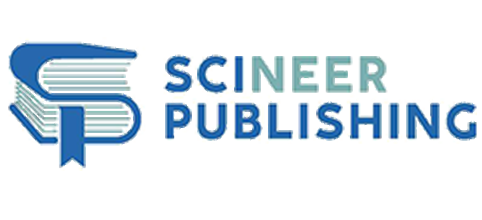A Review and Teaching Implications of Second Language Writing Approaches
Abstract
accuracy, the process approach emphasises the writers creative and recursive composing process, and the reader-oriented approach highlights
audience awareness and communicative purpose. While each approach has strengths, such as teaching discourse organisation, fostering creativity, and enhancing audience awareness, they also have limitations, including neglect of context, time-intensive practices, and reliance on
genre conventions. The essay argues that a synthesis of these approaches offers a balanced and flexible framework for L2 writing instruction,
addressing diverse student needs. By combining genre analysis, brainstorming, drafting, and peer review, teachers can help students develop
both technical proficiency and creative expression. Practical classroom applications demonstrate how an integrated approach enhances writing
skills and prepares students for real-world communication. Ultimately, the amalgamation of product, process, and reader-oriented methods
provides a comprehensive strategy for effective L2 writing instruction.
Keywords
Full Text:
PDFReferences
[1] Badger, R. and White, G. (2000) A process genre approach to teaching writing. ELT Journal, 54/2, 153-160.
[2] Boughey, C. (1997) Learning to write by writing to learn: a group-work approach. ELT Journal, 51/2, 126-134.
[3] Chenoweth, A. (1987) The need to teach rewriting. ELT Journal, 41(4), 25-29.
[4] Grabe, W. and Kaplan, R (1996) Theory and Practice of Writing. London: Longman.
[5] Harmer, J. (2015) The Practice of English Language Teaching (5th edition). London: Longman.
[6] Hedge, T. (2000) Teaching and Learning in the Language Classroom. Oxford: OUP.
[7] Hedge, T. (2005) Writing (2nd edition). Oxford: Oxford University Press.
[8] Henry, A. and Roseberry, R. L. (1998) An Evaluation of a Genre-Based Approach to the Teaching of EAP/ESP Writing. TESOL QUARTERLY, 32/1, 147-156.
[9] Hyland, K. (2002) Teaching and Researching Writing. London: Longman.
[10] Krapels, A. R. (1990) An overview of second language writing process research. In Kroll, B. (ed.) Second Language Writing: Research
Insights for the Classroom. Cambridge: Cambridge University Press.
[11] Muncie, J. (2002) Process writing and vocabulary development: comparing Lexical Frequency Profiles across drafts. System, 30 (2002),
225-235.
[12] Myskow, G. and Gordon, K. (2010) A focus on purpose: using a genre approach in an EFL writing class. ELT Journal, 64/3, 283-192.
[13] Scrivener, J. (2011) Learning Teaching (3rd edition). London: Macmillan.
[14] Swales, J. M. (1990) Genre Analysis: English in academic and research settings. Cambridge: CUP.
[15] Thaine, C (2010) Teacher training essentials: workshops for professional development. Cambridge; New York: Cambridge University
Press.
[16] Ur, P. (2012) A Course in English Language Teaching (2nd edition). Cambridge: Cambridge University Press.
DOI: http://dx.doi.org/10.70711/neet.v3i1.6402
Refbacks
- There are currently no refbacks.

